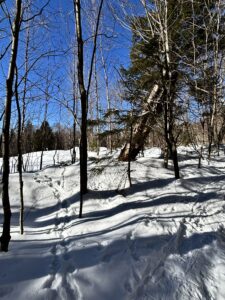
January in Vermont
JANUARY 2025. Another year begins. What will we do with it? Partly, that is a choice each of us can make. Sometimes we can be proactive. At other times we must be reactive – in the highest sense of the word. Might it be that managing our reactivity to circumstances that are unexpected, alarming or beyond our control could be the key to our daily quality of life or success in living? Or perhaps it is reframing those circumstances and addresses that which is within our capability to mold and form and live in accordance with our uniquely personal wisdom and values.
As I write this, it is the weekend during which we celebrate Martin Luther King, Jr., and, by stark contrast, the inauguration of a new old president. I am compelled to ponder a few thoughts which I will now share. (Not to worry – not political thoughts!)
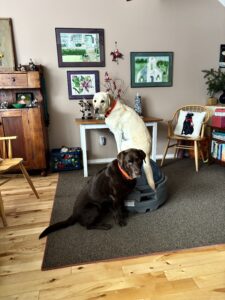
making training fun
Each year I choose a word for the year. I am certainly not alone in doing so as it has become the practice of many as well as the topic of many posts online and in social media.
This year, 2025, I will work with the word, and broader concept of, MOBILITY. Yes, it is a buzzword in the world of strength, fitness, physical therapy – you name it. But the concept of MOBIITY can be expanded to include my significant four elements: physical, mental, emotional and spiritual. MOBILITY extends beyond flexibility – though, of course, flexibility is excellent. MOBILITY suggests having the strength, stamina, power, resilience, stability and yes, flexibility to move through a wide ROM (range of motion) of the body (muscles, joints, fascia, etc) as well as of the mind and of each individual’s personal experience. When our beliefs are challenged, our fortitude tested or our bodies exhausted, can we continue to move safely and soundly through our experience? It is my personal and professional goal to help us to do so by sharing what I have experienced and learned as well as brilliant guidance from others.
 This year I urge us each to adopt a morning practice, dedicate time each day to fitness, adhere to the principle of progressive overload as we strengthen our precious muscles, step outside our comfort zones, experience new things, nurture enthusiasm and positivity, read words of wisdom or words that make us think our own thoughts and form our own conclusions, eat well, sleep well, practice self-care in its highest and most accessible form, get outdoors daily no matter the weather, connect with friends, honor family, and incorporate modest amounts of breath work into each day learning to reduce stress and to be, according to Thich Nhat Hanh, present. Oh my, this list could go on and on!
This year I urge us each to adopt a morning practice, dedicate time each day to fitness, adhere to the principle of progressive overload as we strengthen our precious muscles, step outside our comfort zones, experience new things, nurture enthusiasm and positivity, read words of wisdom or words that make us think our own thoughts and form our own conclusions, eat well, sleep well, practice self-care in its highest and most accessible form, get outdoors daily no matter the weather, connect with friends, honor family, and incorporate modest amounts of breath work into each day learning to reduce stress and to be, according to Thich Nhat Hanh, present. Oh my, this list could go on and on!
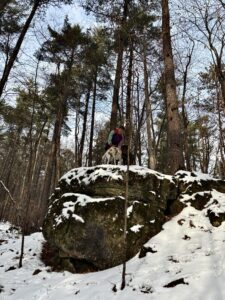
Adventure whenever possible!
Furthermore, this year I urge us each to redefine and build on our strength – again, applying this to physical, mental, emotional and spiritual. As the world turns upside down globally and locally, as excesses and shortages savage all aspects of our daily lives and future dreams, may we each address our current resolve to be strong as the hours pass and the years accumulate – if we are lucky. For years now, longevity has been another buzzword referring to Health Span and not just Life Span, to living long but living well. Though we may not have the genetic predisposition to age well, we do have a certain amount of agency over that which we do have. And, even if we cannot look into a crystal ball, wouldn’t it be smart to take the best possible care of ourselves? Just in case we CAN affect results somewhat?
 What do you think of this from Parker Palmer? “Self-care is never a selfish act—it is simply good stewardship of the only gift I have, the gift I was put on earth to offer to others.”
What do you think of this from Parker Palmer? “Self-care is never a selfish act—it is simply good stewardship of the only gift I have, the gift I was put on earth to offer to others.”
So, on this cold January day of 2025, may we each and all consider taking up the challenge of self-care, personal strength, and, perhaps the culmination of it all, MOBILITY!

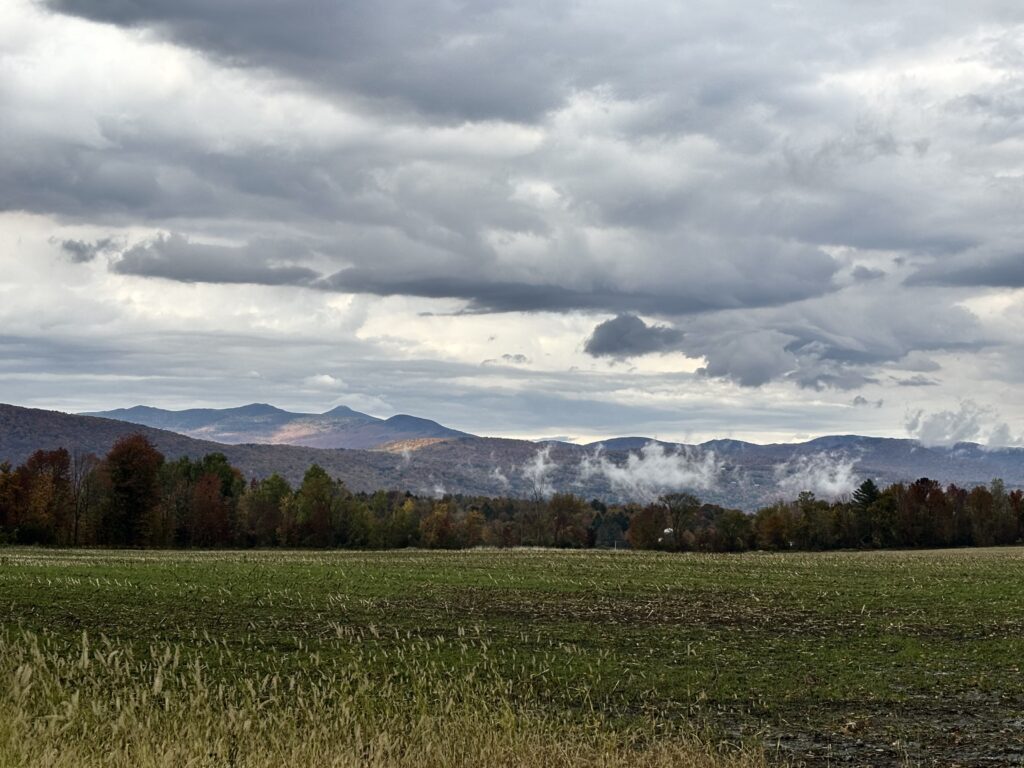
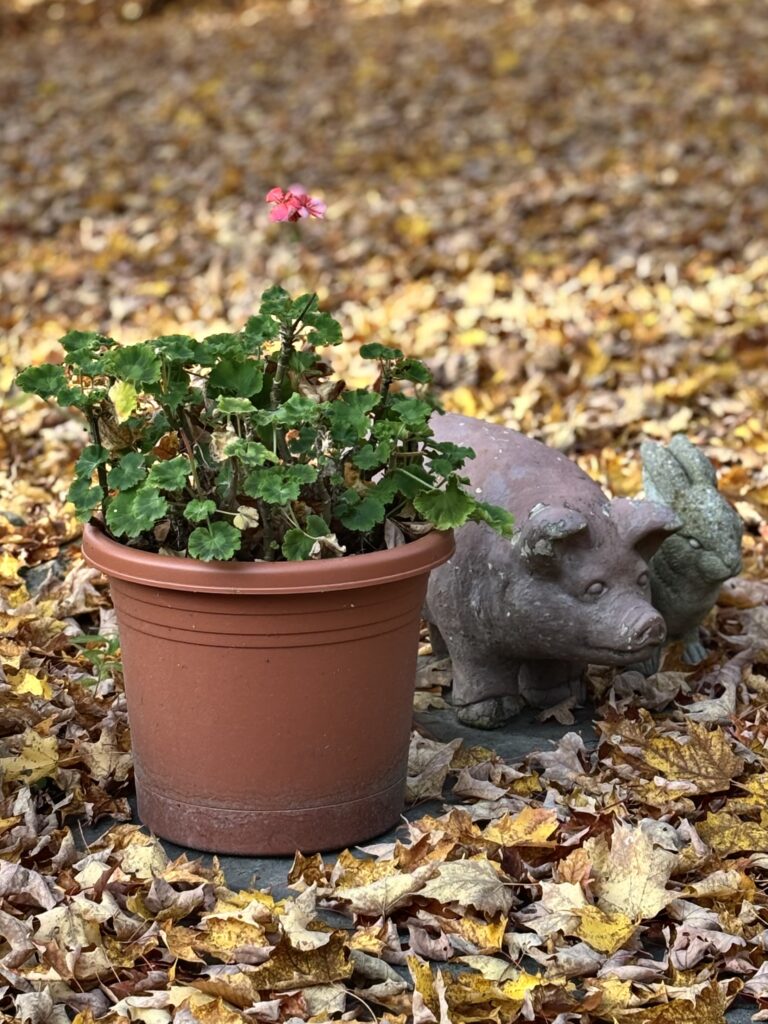
 Watching as the world around us transition from season to season circling the year’s clock face, pass through clearly defined phases and then reconnect to begin again is a lesson in change, adaptation, and light. Yes, light. If we look – really look – with our physical eyes, inner sight, mental clarity and creative vision, we learn lessons that support and sustain us as we move forward.
Watching as the world around us transition from season to season circling the year’s clock face, pass through clearly defined phases and then reconnect to begin again is a lesson in change, adaptation, and light. Yes, light. If we look – really look – with our physical eyes, inner sight, mental clarity and creative vision, we learn lessons that support and sustain us as we move forward. Last weekend here in Vermont we were flooded with gorgeous, brilliant colors topped with a dusting of snow on our highest peaks. This weekend we are Past Peak and Still Beautiful. As I noted this on my walk, I was startled to realize that this is a meaningful concept indeed! How often do we admire an antique, painting, vintage clothing or older friend? How much do we appreciate the athlete who has transitioned from the prime days of record-breaking achievement to an athlete who, with maturity, coaches, writes, and reaches out with shared skills?
Last weekend here in Vermont we were flooded with gorgeous, brilliant colors topped with a dusting of snow on our highest peaks. This weekend we are Past Peak and Still Beautiful. As I noted this on my walk, I was startled to realize that this is a meaningful concept indeed! How often do we admire an antique, painting, vintage clothing or older friend? How much do we appreciate the athlete who has transitioned from the prime days of record-breaking achievement to an athlete who, with maturity, coaches, writes, and reaches out with shared skills? Is any of this less? Perhaps the transition itself is the learning curve to land experience as something useful rather than degenerative.
Is any of this less? Perhaps the transition itself is the learning curve to land experience as something useful rather than degenerative. Arthur C. Brooks is a popular author whose latest book is From Strength to Strength, Finding Success, Happiness and Deep Purpose in the Second Half of Life. I’m taking my time with this one as there are gems on each, page. You might also enjoy this podcast conversation of Brooks with Rich Roll:
Arthur C. Brooks is a popular author whose latest book is From Strength to Strength, Finding Success, Happiness and Deep Purpose in the Second Half of Life. I’m taking my time with this one as there are gems on each, page. You might also enjoy this podcast conversation of Brooks with Rich Roll: 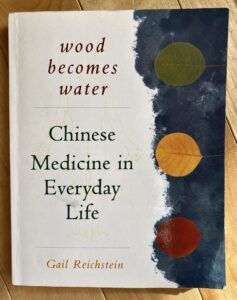 Within the principles of the Five Element Theory of Traditional Chinese Medicine, we have fully entered the time of year associated with the Metal Element and find ourselves involved with the process of refining, honoring wisdom and self-knowledge. (Past Peak but Still Beautiful?) As Gail Reichstein writes in her excellent book, Wood Becomes Water, Chinese Medicine in Everyday Life, the emotion associated with this time of year is grief. “Grief also teaches us what we value in our lives and in the lives of others, giving us the opportunity to redirect our energies toward becoming who we most want to be.”
Within the principles of the Five Element Theory of Traditional Chinese Medicine, we have fully entered the time of year associated with the Metal Element and find ourselves involved with the process of refining, honoring wisdom and self-knowledge. (Past Peak but Still Beautiful?) As Gail Reichstein writes in her excellent book, Wood Becomes Water, Chinese Medicine in Everyday Life, the emotion associated with this time of year is grief. “Grief also teaches us what we value in our lives and in the lives of others, giving us the opportunity to redirect our energies toward becoming who we most want to be.”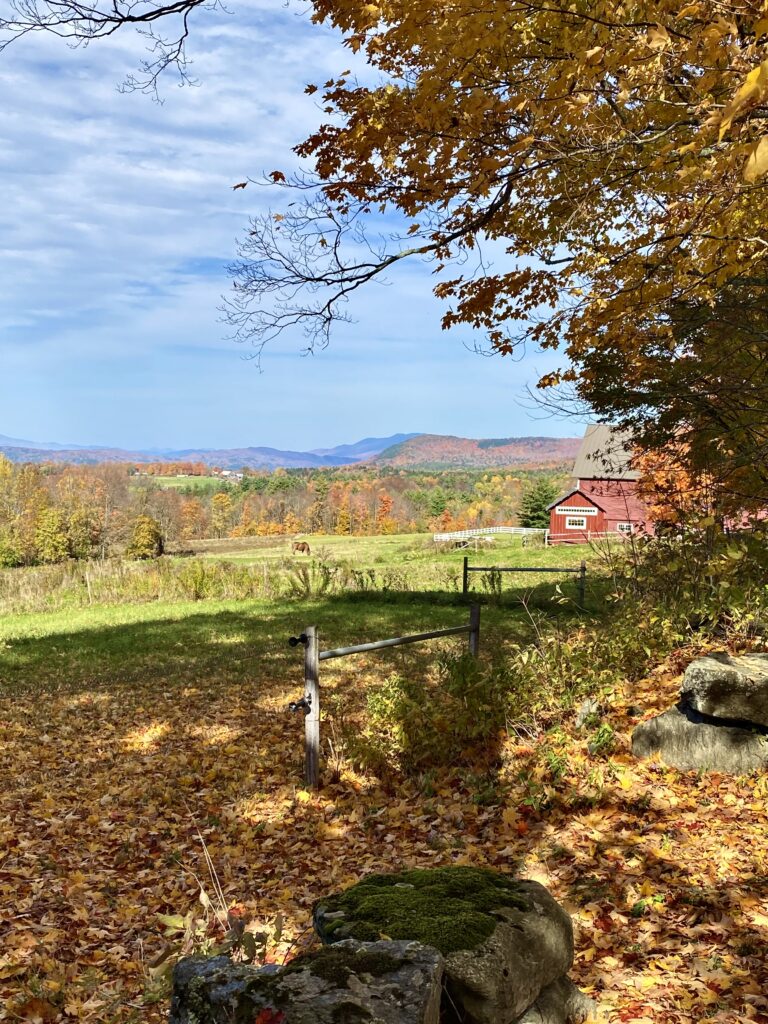
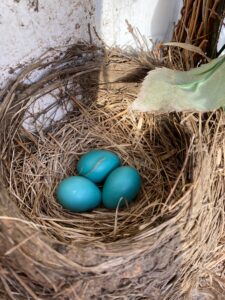
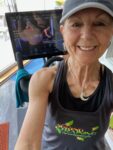
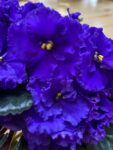
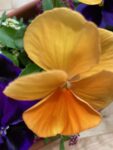 You see, podcasts, essays, blog posts, conversations, and even fortune cookies might offer a sentence or two to take away and chew on as a snack.
You see, podcasts, essays, blog posts, conversations, and even fortune cookies might offer a sentence or two to take away and chew on as a snack.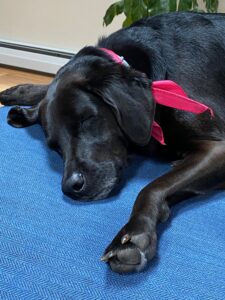



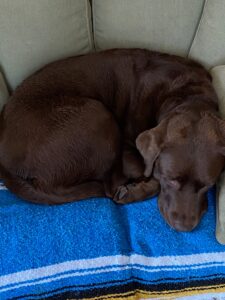
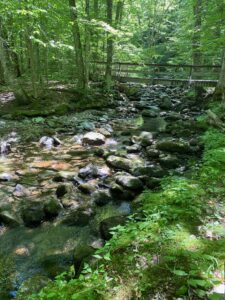
 Community has been redefined. Even the tiniest connection – a phone call or text, photo or face time, card or package – is duly appreciated forging bonds replacing tenuous strands. And in my own small (there’s that word again) world of Zoom, those minutes of unmuted video before and after a teacher-led practice are golden; they are fun and sensitive and compelling moments of genuine community.
Community has been redefined. Even the tiniest connection – a phone call or text, photo or face time, card or package – is duly appreciated forging bonds replacing tenuous strands. And in my own small (there’s that word again) world of Zoom, those minutes of unmuted video before and after a teacher-led practice are golden; they are fun and sensitive and compelling moments of genuine community.
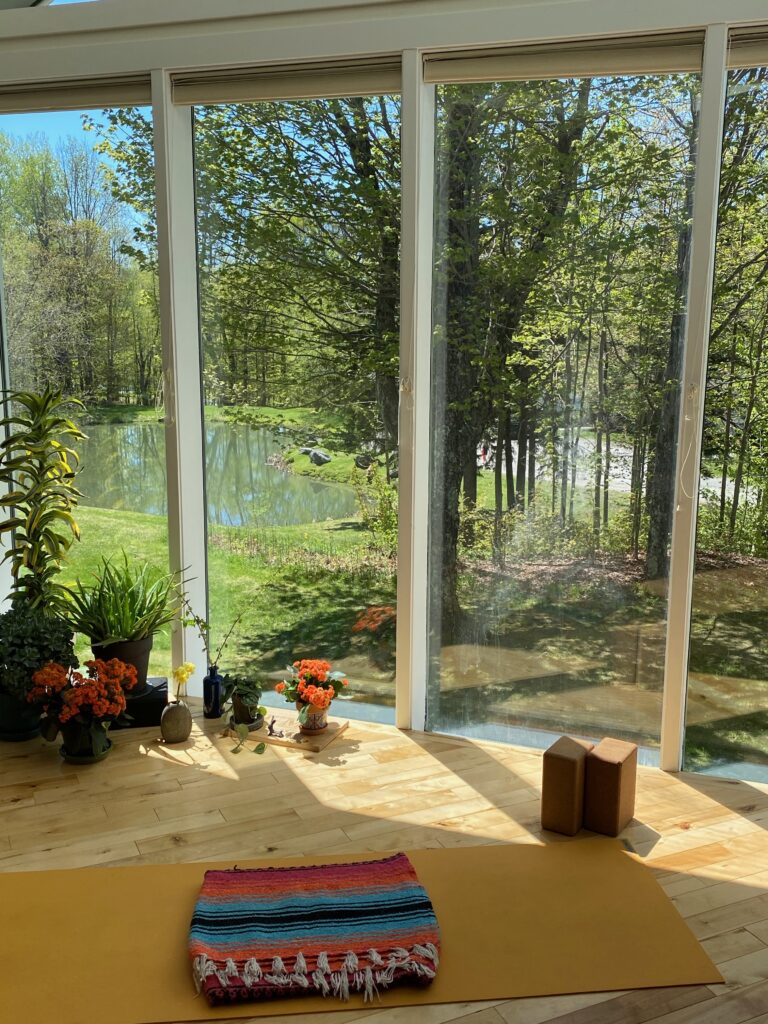
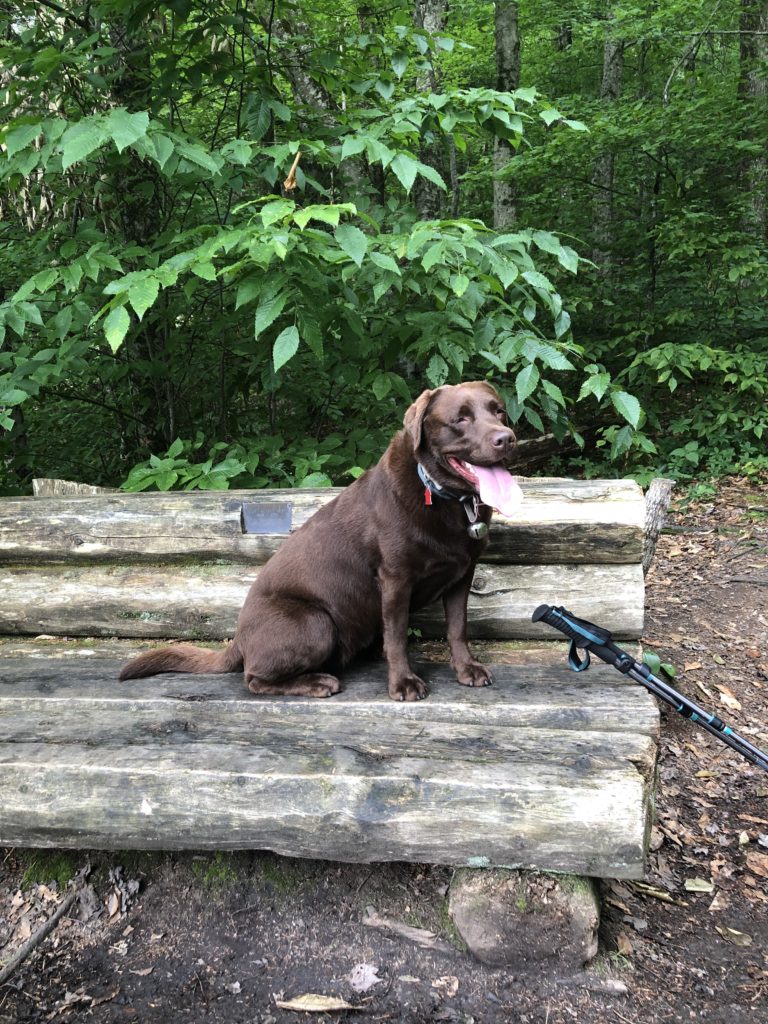
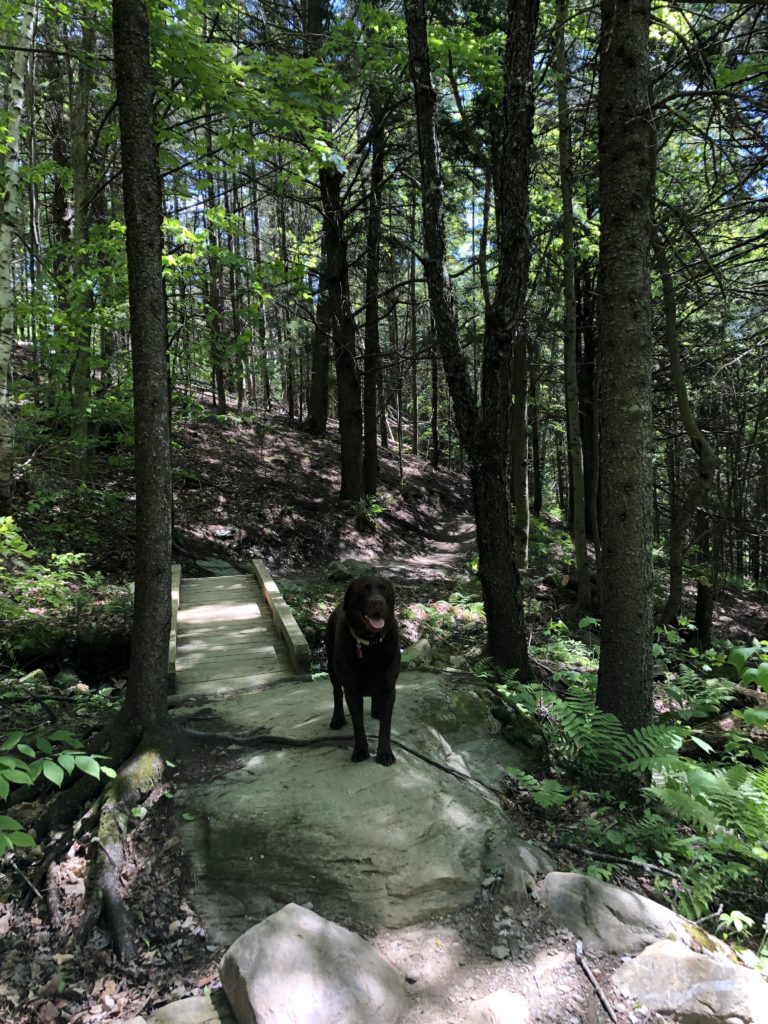
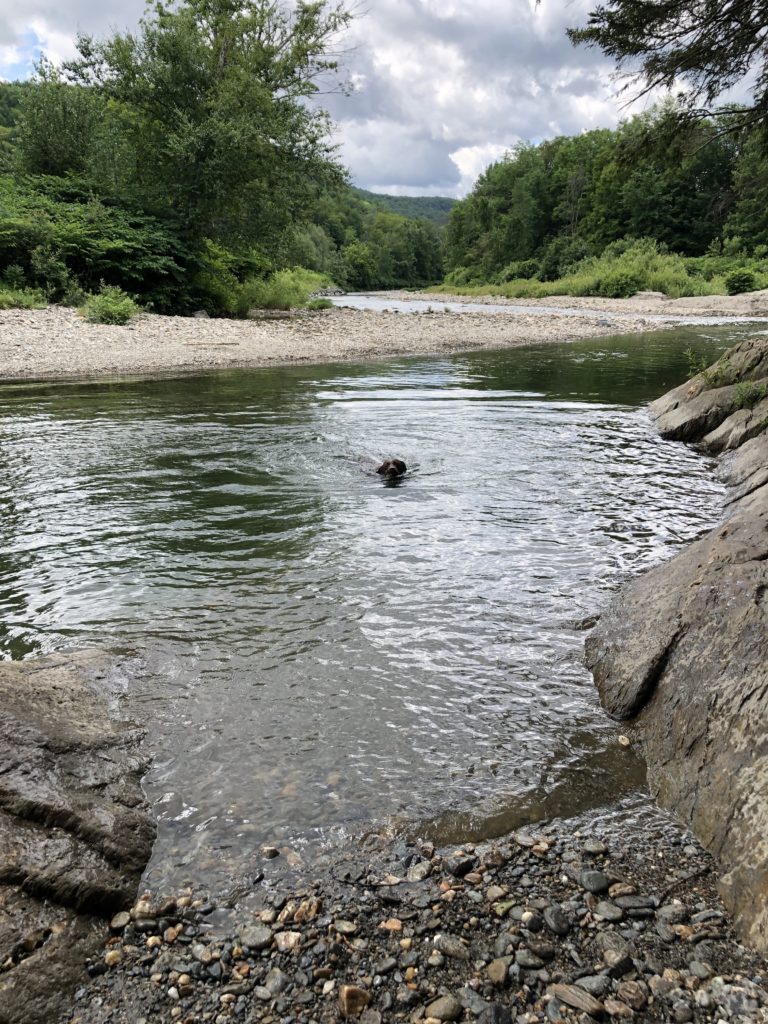
 Perhaps you gather your gear and block out a small space at your local gym. Or perhaps you are fortunate enough to be able to dedicate a few square yards or even a room in your home to your fitness quest. Let’s run with the latter.
Perhaps you gather your gear and block out a small space at your local gym. Or perhaps you are fortunate enough to be able to dedicate a few square yards or even a room in your home to your fitness quest. Let’s run with the latter.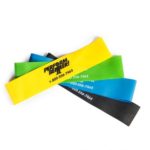 COMPONENTS OF A HOME GYM. Now, in a new home, I can label a small oddly shaped but beautifully bright area my “home gym.” As I began to equip the renovated space to make it work for me (thus functional) I found it quite exciting to define my fitness needs and the least amount of gear I could use to meet those needs.
COMPONENTS OF A HOME GYM. Now, in a new home, I can label a small oddly shaped but beautifully bright area my “home gym.” As I began to equip the renovated space to make it work for me (thus functional) I found it quite exciting to define my fitness needs and the least amount of gear I could use to meet those needs.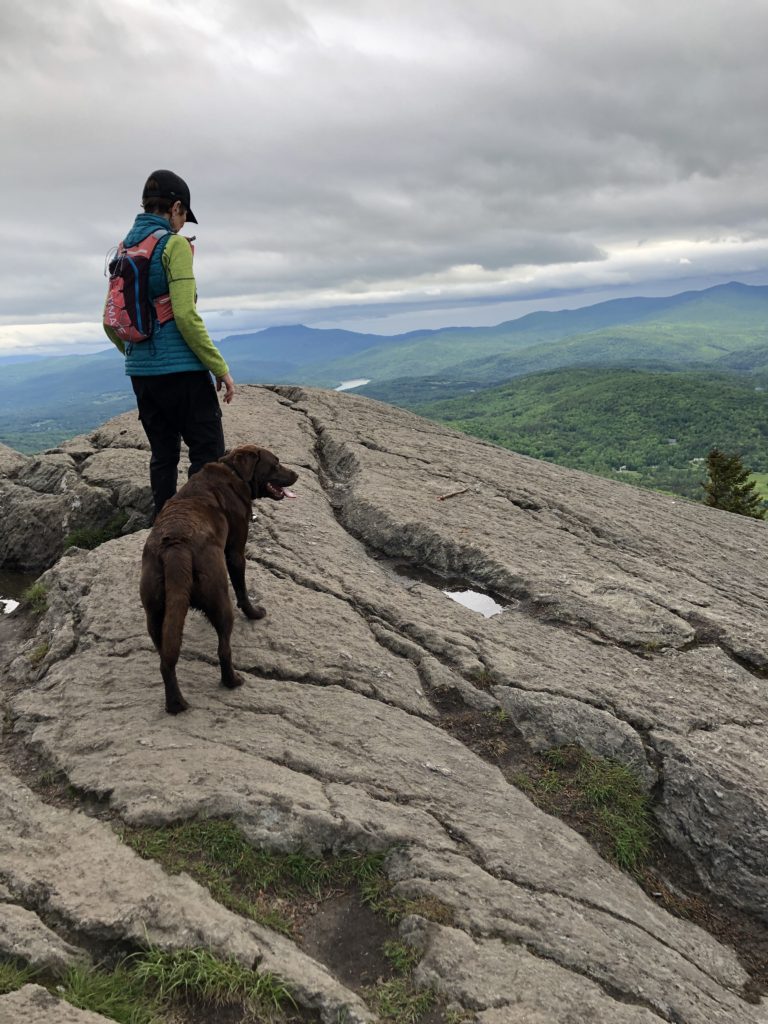
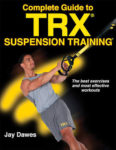
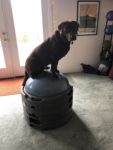
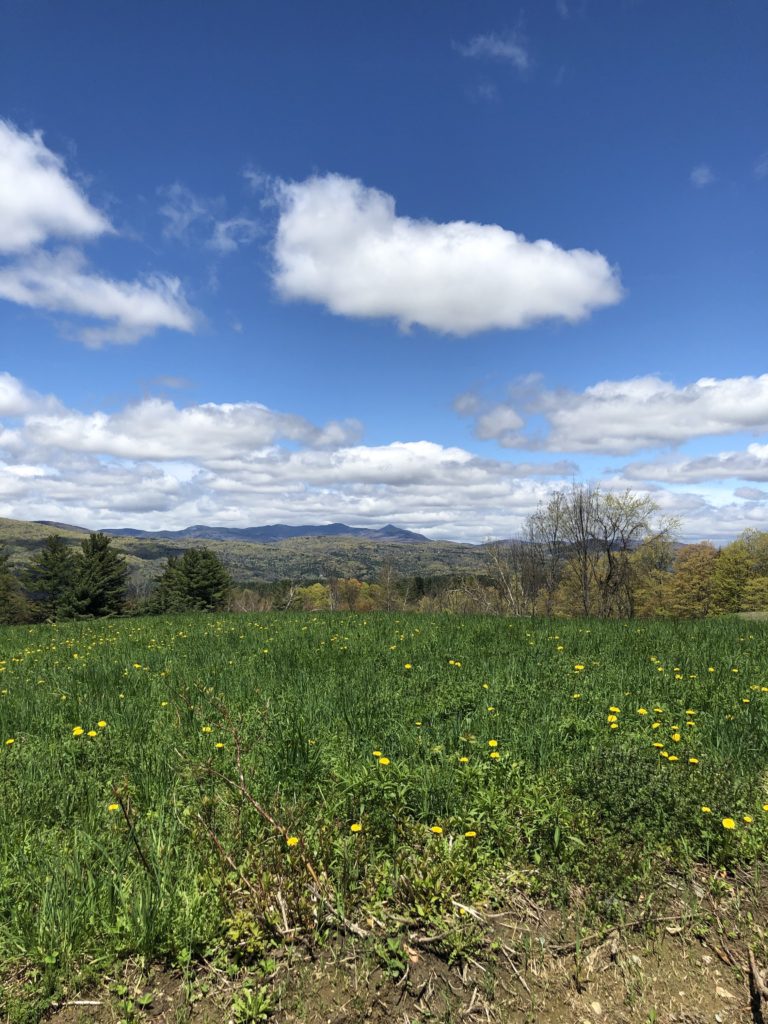 How sunshine affects one’s fitness level is obvious, but significant in definition. It is patently apparent that a good, sunny day puts a spring in our step and lures us outdoors to participate in a variety of healthy activities that might have seemed drudgery on a different day.
How sunshine affects one’s fitness level is obvious, but significant in definition. It is patently apparent that a good, sunny day puts a spring in our step and lures us outdoors to participate in a variety of healthy activities that might have seemed drudgery on a different day.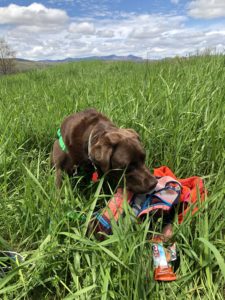
 But the notion of new growth budding and blossoming and all that it represents is a notion to hold dear. Each new morning is the springtime of a day. Each new idea, each new adventure, each new connection is the onset of creativity and ultimate fruition.
But the notion of new growth budding and blossoming and all that it represents is a notion to hold dear. Each new morning is the springtime of a day. Each new idea, each new adventure, each new connection is the onset of creativity and ultimate fruition.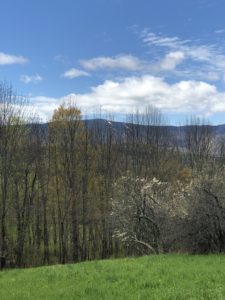
 drives many minutes of each day. It is motivation that underpins major chunks of enthusiasm, fuels the determination to persevere, and keeps one moving on a forward path professionally, personally and simply in being alive.
drives many minutes of each day. It is motivation that underpins major chunks of enthusiasm, fuels the determination to persevere, and keeps one moving on a forward path professionally, personally and simply in being alive.
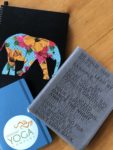 On a personal note, I found myself slipping from some of the structured practices that I know benefit my day. Early morning journaling and meditation was being lost in a few minutes of extra sleep, at home Yoga practice was giving way to lethargy, outings in the woods with my pup were abandoned. Of course, there is solid reasoning behind this – I need that sleep or the woods are just too wet and messy right now. (Besides, the bears are waking up and they’re hungry!)
On a personal note, I found myself slipping from some of the structured practices that I know benefit my day. Early morning journaling and meditation was being lost in a few minutes of extra sleep, at home Yoga practice was giving way to lethargy, outings in the woods with my pup were abandoned. Of course, there is solid reasoning behind this – I need that sleep or the woods are just too wet and messy right now. (Besides, the bears are waking up and they’re hungry!) Because one of my goals is to be ready to hike when Vermont trails open again the end of May, I need to build strength and endurance now. Much to the delight of my dog, we are leash walking dirt roads a minimum of 3 miles a day, adding ½ mile to our one weekly long walk which should give us at least 10 miles by the time the hikes begin, adding at least one straight up climb each week (useful to live near a ski area that is closed for the season), and, for fun and mental flexibility, daily making sure to have plenty of off-leash ball play and some agility drills for both of us.itself.
Because one of my goals is to be ready to hike when Vermont trails open again the end of May, I need to build strength and endurance now. Much to the delight of my dog, we are leash walking dirt roads a minimum of 3 miles a day, adding ½ mile to our one weekly long walk which should give us at least 10 miles by the time the hikes begin, adding at least one straight up climb each week (useful to live near a ski area that is closed for the season), and, for fun and mental flexibility, daily making sure to have plenty of off-leash ball play and some agility drills for both of us.itself.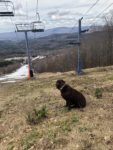
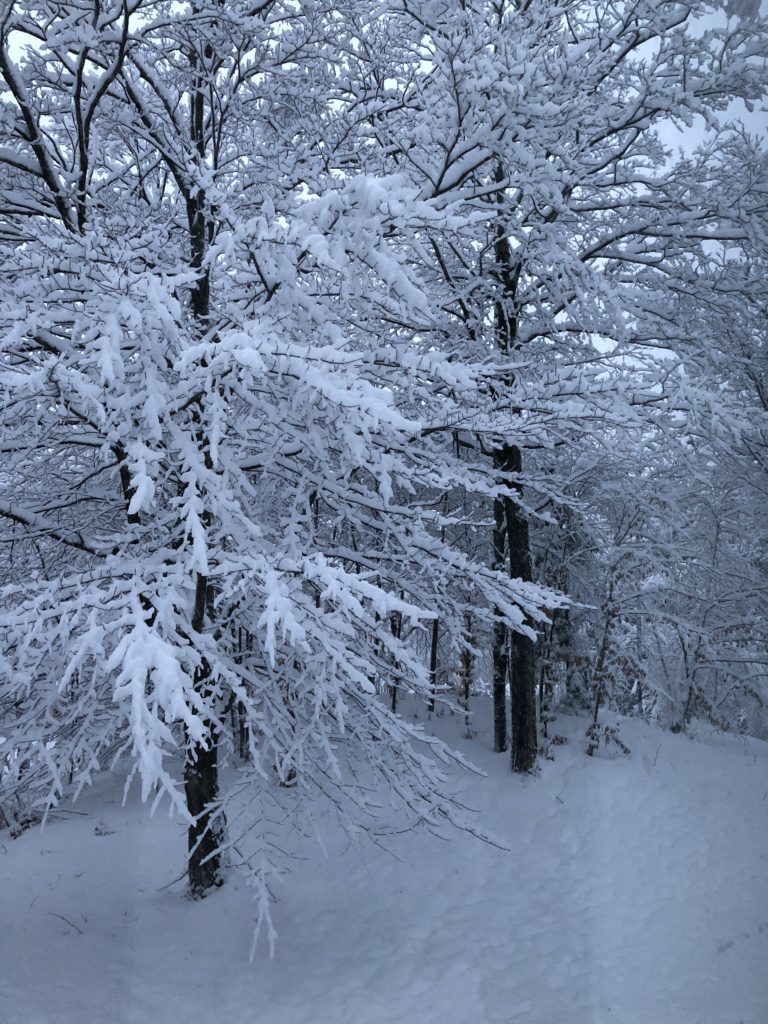
 This snow will melt. There will be more. Flexibility will always be needed. May we all have the energy, strength and courage to move with life’s changes and challenges in a way that is most beneficial to ourselves and others. May we all always be practicing students.
This snow will melt. There will be more. Flexibility will always be needed. May we all have the energy, strength and courage to move with life’s changes and challenges in a way that is most beneficial to ourselves and others. May we all always be practicing students.